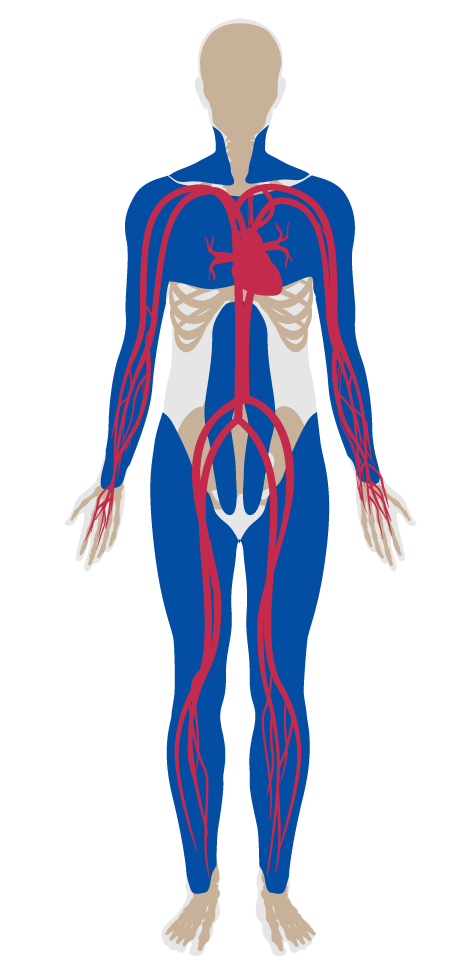Physical activity spaces
Physical activity spaces
Intent:
To promote physical activity through complimentary access to on-site indoor and local outdoor physical activity spaces.
BACKGROUND
In the U.S., the presence of both indoor and outdoor physical activity facilities within a census-block group is associated with an increased likelihood of performing five or more bouts of moderate- to vigorous-intensity physical activity per week, and is linked to a lower risk of being overweight. In addition, buildings that contain an interior fitness space incentivize occupants to engage in regular exercise routines and allow a variety of exercise activities, including low-impact exercises like yoga or Pilates, or more intense activities such as aerobic and muscle-strengthening exercise.
At least one of the following spaces is within 0.8 km [0.5 mi] walking distance of the building’s main entrance with complimentary access:
a.87
A green space or park with playground features.
b.1
A workout station or fitness zone.
c.
A trail network.
d.
An accessible body of water or public swimming pool.
e.
A gym, fitness or training center.
f.
A recreational field.
One of the following requirements are met:
a.
Physical activity facilities in the form of a gymnasium or playing field must be provided on-site.
b.170
Free, direct pedestrian access to gymnasiums, playing fields or swimming pools through a shared facilities agreement or a similar arrangement.

